Showing 61 to 70 of 272 results

Existing colour systems, such as RGB and CYMK, are all text-based and require a large range of values to represent different colours, making them difficult to compute and time-consuming to convert. Recently, researchers from City University of Hong Kong (CityU) made a breakthrough by inventing an innovative colour system......
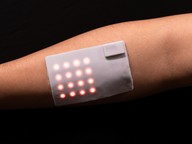
A research team led by City University of Hong Kong (CityU) recently developed a wireless, soft e-skin that can both detect and deliver the sense of touch, and form a touch network allowing one-to-multiuser interaction. It offers great potential for enhancing the immersion of distance touch communication.

A research team at City University of Hong Kong (CityU) successfully engineered a breath-to-charge electrostatic face mask that can “self-charge” through the user’s breathing and continuously replenish its electrostatic charge as the user wears and breathes through the mask.

A research team from City University of Hong Kong (CityU) recently developed a metadata-hiding analytic system, called Vizards, which enables data owners to securely define their data authorisation and control who can use their data, providing potential applications in various sectors, such as precision medical research.
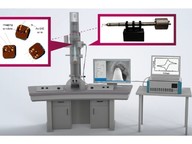
A research team led by a scholar from City University of Hong Kong (CityU) recently developed a novel, tiny device to hold liquid specimens for transmission electron microscopy (TEM) observation, opening the door to directly visualizing and recording complex electrochemical reactions at nanoscale in real-time at high resolution.
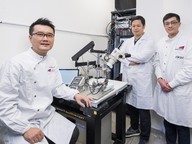
Neuroscientists from City University of Hong Kong (CityU) recently identified and demonstrated a small molecule that can effectively stimulate nerve regeneration and restore visual functions after optic nerve injury, offering great hope for patients with optic nerve injury, such as glaucoma-related vision loss.
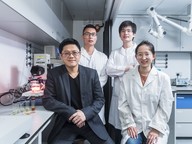
A research team from City University of Hong Kong (CityU) recently developed a lead-free perovskite photocatalyst that delivers highly efficient solar energy-to-hydrogen conversion.

Recently, a team co-led by researchers at City University of Hong Kong (CityU) triggered a significantly faster and more efficient pyro-catalytic reaction using localized plasmonic heat sources to rapidly and efficiently heat up the pyro-catalytic material and allow it to cool down.

A research team led by scholars from City University of Hong Kong (CityU), Australia and Germany successfully mediated the poor charge carrier transport at low voltage by adding phosphorus to a metal oxide catalyst, which reduced energy losses during water splitting. The findings offer a potential option for achieving carbon neutrality.
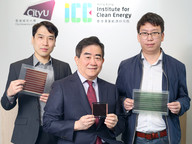
Recently, researchers from City University of Hong Kong (CityU) overcame this obstacle by inventing a novel device-engineering strategy to successfully suppress the energy conversion loss, resulting in record-breaking efficiency.